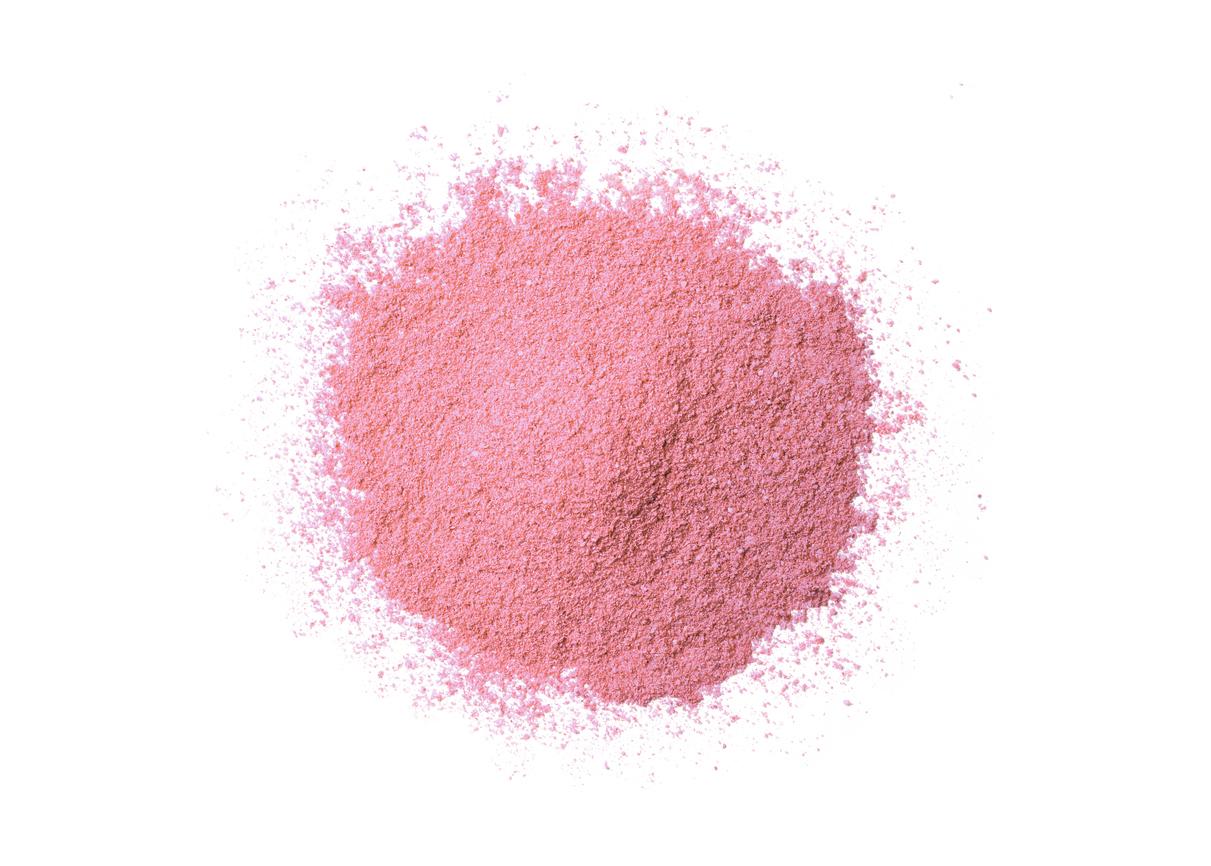From prehistoric times, societies did not allow recreational drug use. They were reserved for mortuary or religious rituals.

The use of drugs and other psychoactive substances has not always been the subject of debate. On the other hand, their recreational consumption is not naturally accepted, according to a recent study. Published on May 12 in the Journal of Archeological Method and Theory, it indicates that our prehistoric ancestors consumed psychoactive plants, but in restricted contexts.
The author of this study, Elisa Guerra-Doce, reviewed the various archaeological sources available. One conclusion emerges: unlike our contemporaries, prehistoric men used psychoactive substances for a sacred purpose. Their origins were varied: the traditional poppy flower, which produces opium, the no less classic cannabis, hallucinogenic mushrooms… and already barley beer, better known under the name of cervoise.
“Socially controlled” products
In most cases, the remains found came from burial sites or dedicated to religious ceremonies. “Far from being consumed for hedonistic purposes, psychoactive plants and alcoholic beverages had a sacred role in prehistoric societies”, analyzes Elisa Guerra-Doce, for whom this “raises the possibility that the consumption of products altering consciousness are socially controlled in prehistoric Europe. “
There are many hypotheses as to the usefulness of such a modification of consciousness. Among them, the use of substances to provide food for the spirit of the deceased in his journey beyond the world, or as a tribute to the deities of the afterlife. In all cases, they took on a sacred dimension, were not intended for all comers … and therefore strictly prohibited outside of ritual ceremonies.
.
















